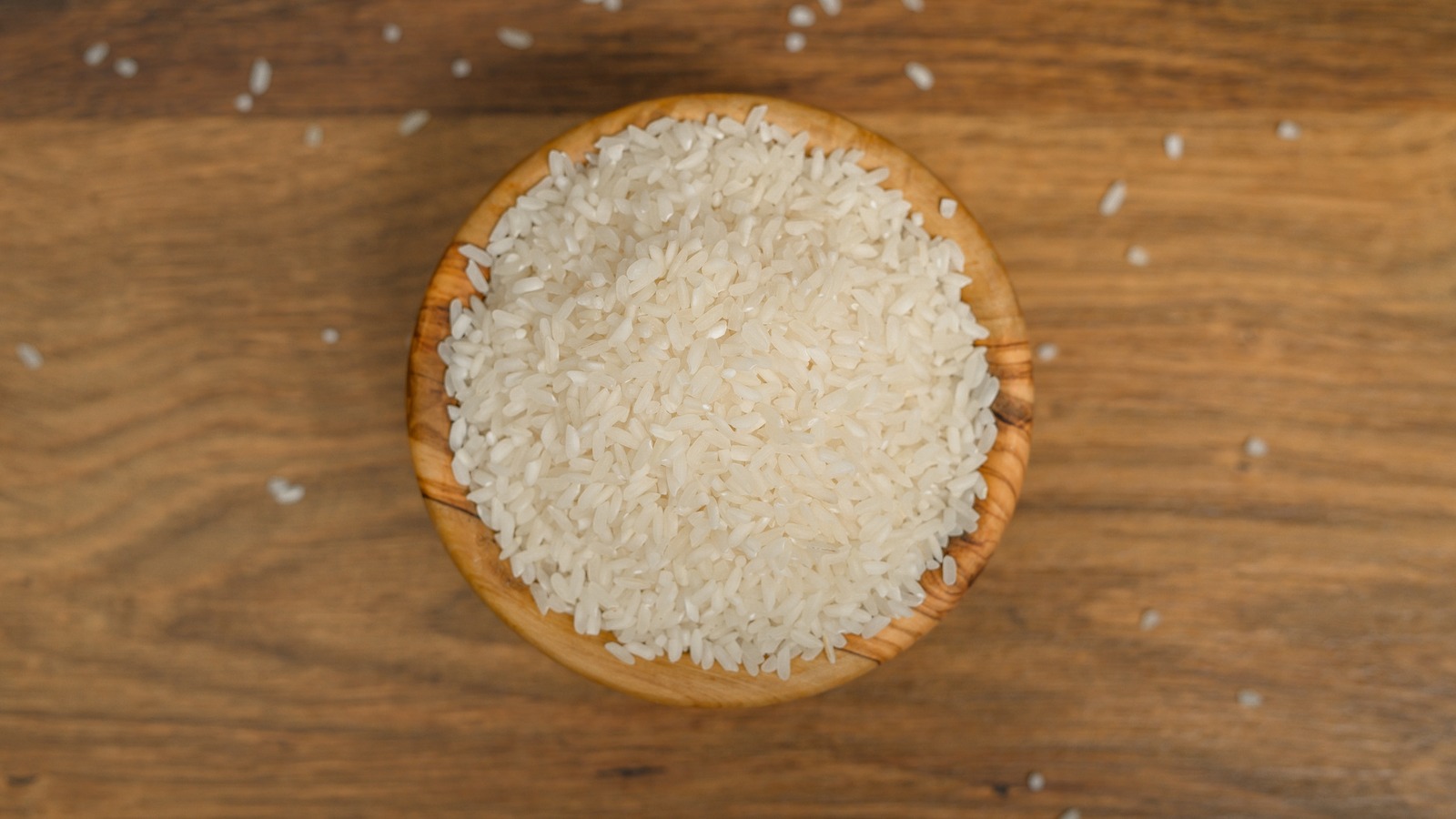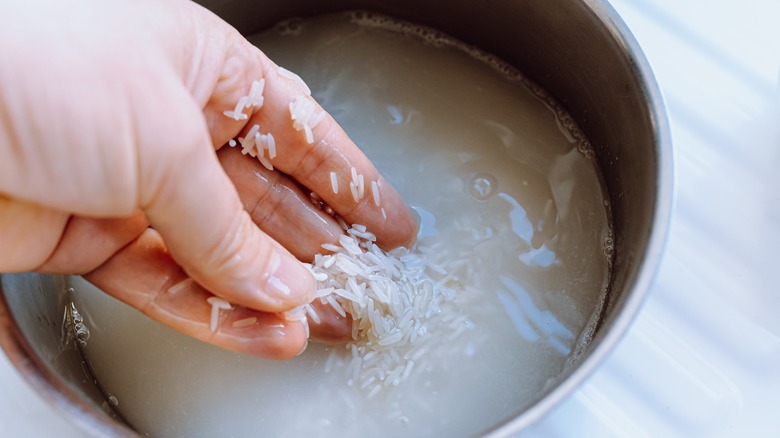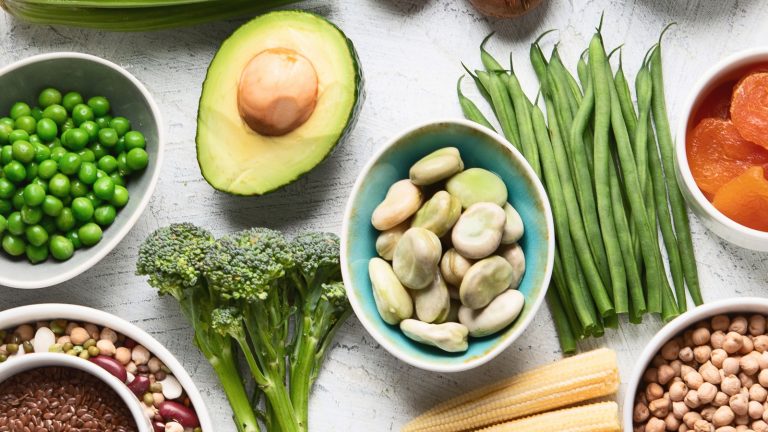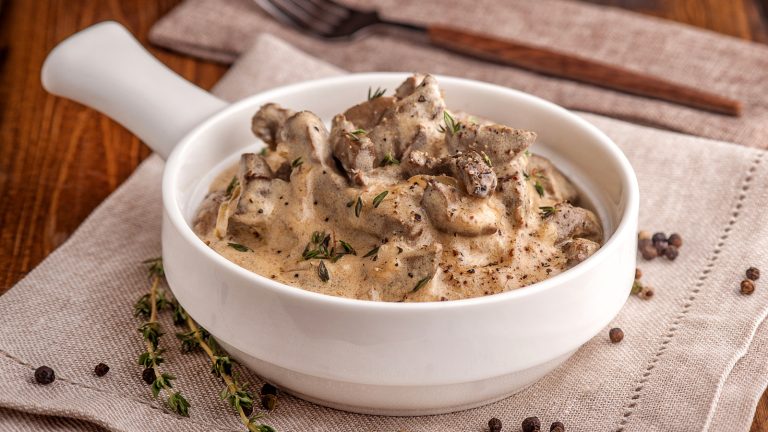Rice is hands down the most widely eaten grain in the world. More than four billion people rely on rice as a part of their daily diet, and countless creative rice dishes can be found on every single continent. Even though rice eaters are as diverse as humanity itself, many cultures insist that rice should always be thoroughly washed before cooking. However, there are two iconic European dishes that are exceptions to the golden rule of rice: paella and risotto.
It might go against everything grandma taught you, but rinsing your rice before making a spicy shrimp paella or wild mushroom risotto can dramatically impact the cooking process. In fact, both dishes actually rely on the extra starch found in unwashed rice to meld the flavors and textures. When it comes to Italian risotto, retaining that extra starch is essential for creating the dish’s classic creamy texture and absorbing the flavors of the stock.
For Spanish paella, the starch from the surface of the rice is a key to forming the socarrat, the signature bottom layer of crispy rice that lines the bottom of the pan. Considering that paella can take hours to make, it’s great to know that you can save time by slipping out on rinsing the rice. (You can also cut down on prep time by using canned mussels and clams.)
For most dishes, you should rinse your rice
With the exception of paella and risotto, rinsing your rice is an important step that shouldn’t be skipped for a few key reasons. As is the case with prepping fruits or vegetables, rinsing your rice is a matter of cleanliness. Packaged rice often travels hundreds of miles before making it to your grocery store and can be inadvertently exposed to bugs, dirt, and other debris. Also, the grains tend to rub together during their long journey to the store, creating excess starch powder that coats the rice. This extra starch can cause rice to become mushy while cooking, so washing your rice is crucial for guaranteeing fluffy, separated grains.
To wash your rice, cover your uncooked grains in cold water and agitate them with your hand or a large serving spoon to release the starch and loosen any debris. Strain the rice using a fine mesh sieve, and repeat this process a few more times until the water runs clear. While your first thought may be to pour the water down the sink, you can actually retain your starchy rice water to hydrate your household plants, thicken soups and stews, and more.






